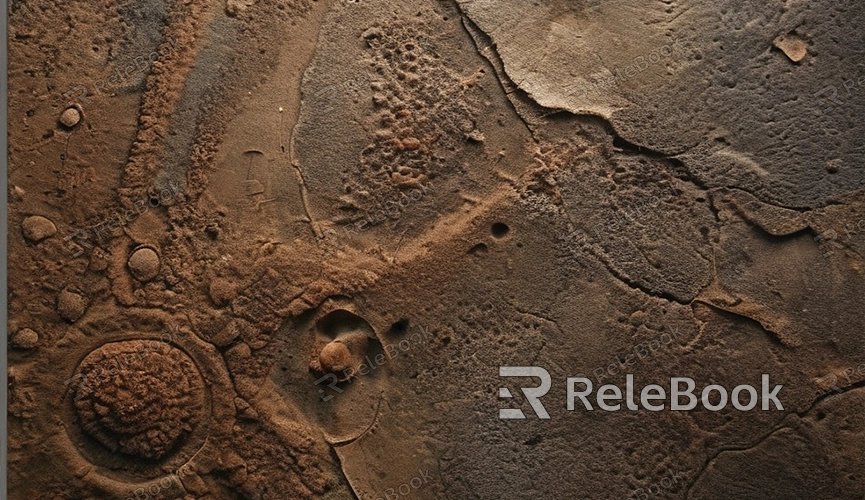Patchy Texture in Blender
Patchy texture is a common type of texture characterized by uneven spots or patches on the surface, often used to simulate variations and textures on natural objects or building surfaces. In Blender, using this texture can add detail and realism to 3D models.
This 3D texture can be downloaded from Relebook and applied to 3D models or scene rendering through the following steps:
1. Import Texture: Import the patchy texture material into the Blender project.
2. Apply to Model: Apply the texture to the surface of the model, ensuring the model is ready to receive the texture.
3. Adjust Mapping: Based on the dimensions and shape of the model, adjust the texture mapping to achieve a natural effect on the model surface.
4. Adjust Material Parameters: Depending on the need, adjust the texture parameters such as color, transparency, blending mode, etc.
5. Add Details: Additional texture layers can be added or the node editor can be used to increase the richness and realism of the texture effect.

Different parameter adjustments yield different rendering effects. Here are common rendering scenarios for this 3D texture in Blender:
1. Ground Texture: Used to simulate natural textures on the ground, such as soil, stones, or grass, adding variation and realism to the ground.
2. Wall Decoration: Suitable for decorative wall surfaces, simulating aging, fading, or stains on the walls, adding detail and visual appeal.
3. Vegetation Surface: Used to simulate textures on plant surfaces, such as tree bark or leaf textures, adding a natural feel to vegetation.
4. Building Texture: Suitable for simulating textures on building surfaces, such as brick walls, tiles, or concrete, enhancing the texture and realism of buildings.
5. Animation Effects: Applying patchy textures in animation can simulate dynamic surface effects such as ripples in water, flames, or clouds, enhancing the visual effects and appeal of animations.
Using patchy texture in Blender significantly enhances the visual depth and complexity of scenes or objects, especially for materials that require simulating natural wear, aging, or uneven surface characteristics. Patchy texture has wide applications across various fields, from enhancing architectural visualization realism to providing rich background details for game environments and adding texture to virtual scenes in filmmaking. Here are the main roles of patchy texture in Blender:
Enhancing Realism: Patchy texture can simulate common uneven effects found in nature and artificial environments, such as peeling paint on walls, aging metal surfaces, or irregular textures of natural stone. These details significantly enhance the realism of models and scenes.
Improving Visual Effects: By applying patchy texture on 3D models, more visually appealing effects can be created. The irregular characteristics of this texture can break the monotony of surfaces and increase visual interest.
Creating Specific Atmospheres and Emotions: Patchy texture plays a crucial role in creating specific atmospheres and emotions in scenes. For example, using patchy texture can add a sense of history to buildings or objects or create an unsettling atmosphere in the environment design of horror games.
Patchy texture has a wide range of applications in Blender and can add detail and realism to various types of 3D models. Through proper parameter adjustments and texture application, various effects can be achieved to enhance the visual quality and appeal of models. If you need many high-quality 3D textures and HDRI, or 3D model downloads, you can download them directly from Relebook and import the textures and 3D models into your project for immediate use.

